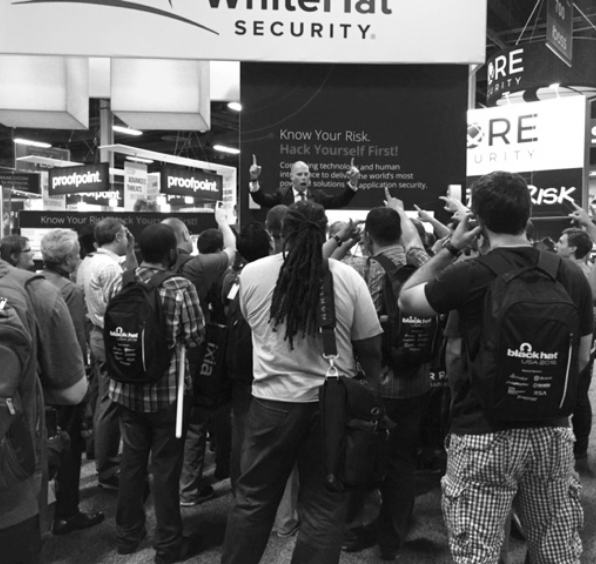When you’re working the trade show floor, you’ve got a limited window to make an impression. You’ve got your booth, your pitch, and your team—but what often gets overlooked is something just as important: how you use space.
Most exhibitors think engagement starts with a conversation. But long before a word is spoken, attendees are already making decisions based on how your booth feels, and more importantly, how you make them feel.
If you’re looking to create better interactions and stronger business relationships, it helps to understand the silent cues you’re sending. It turns out, the space between you and an attendee might be the most important part of your strategy.
Why Space Matters More Than You Think
Every interaction starts with distance. Stand too far and you’re background noise. Step too close, and you risk making people uncomfortable.
There’s a sweet spot—close enough to feel personal, far enough to feel respectful. Most conversations begin in the “social zone” (about 3–12 feet). But meaningful connections? Those tend to happen when someone chooses to step closer.
That’s the moment you’re aiming for.
Build the Bridge, Don’t Force It
You don’t need to push into someone’s space to build engagement. Just offer an easy path forward:
- A handshake is a natural way to narrow the distance.
- Offering a giveaway or sample creates movement and interaction.
- Standing beside someone rather than face-to-face removes pressure and invites ease.
Each of these opens the door to closer, more natural conversation, without saying a word.
Read the Signals
Everyone’s comfort level is different. Pay attention. If someone steps in, that’s an invitation. If they lean out, respect the boundary. Presence means being aware of these micro-signals and adjusting in real time.
Better Booth Presence Starts with Awareness
You don’t need a full redesign to improve your booth engagement. Sometimes, it’s about how you move within the space. How you welcome someone in. How you make them feel when they get close.
Connection doesn’t just happen—it’s bridged.




